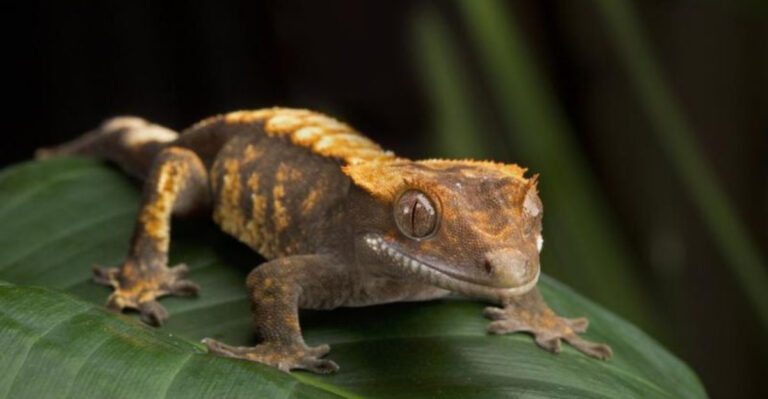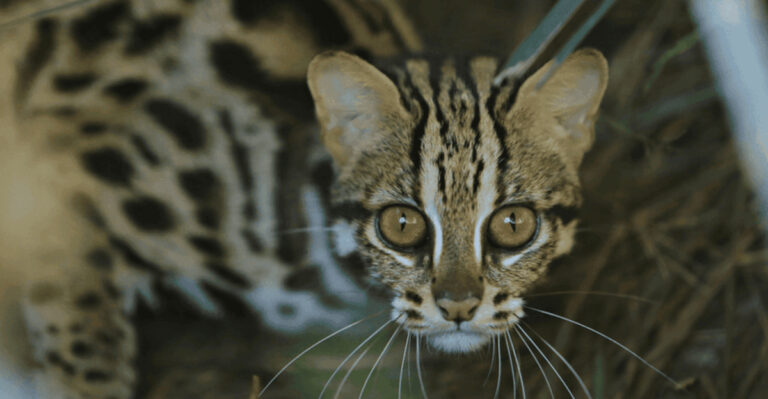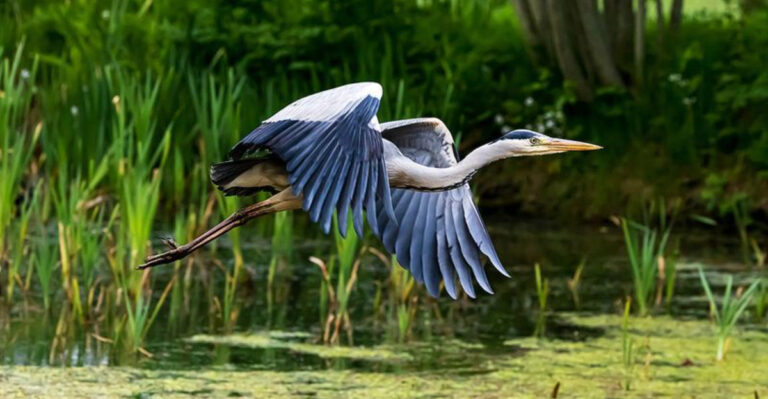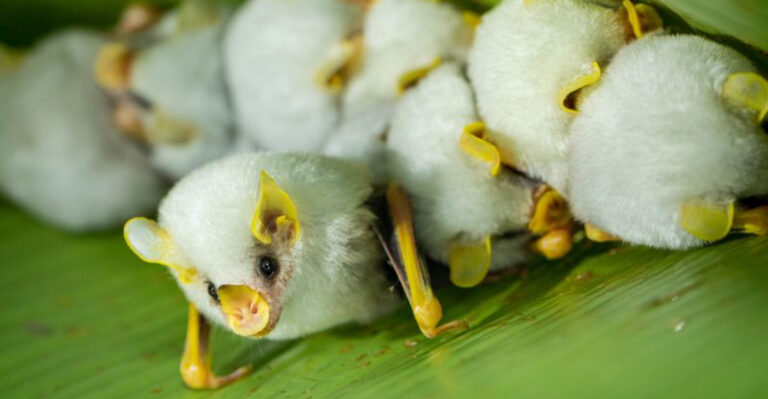12 Wild Facts About Alaska’s Fierce Wolverines
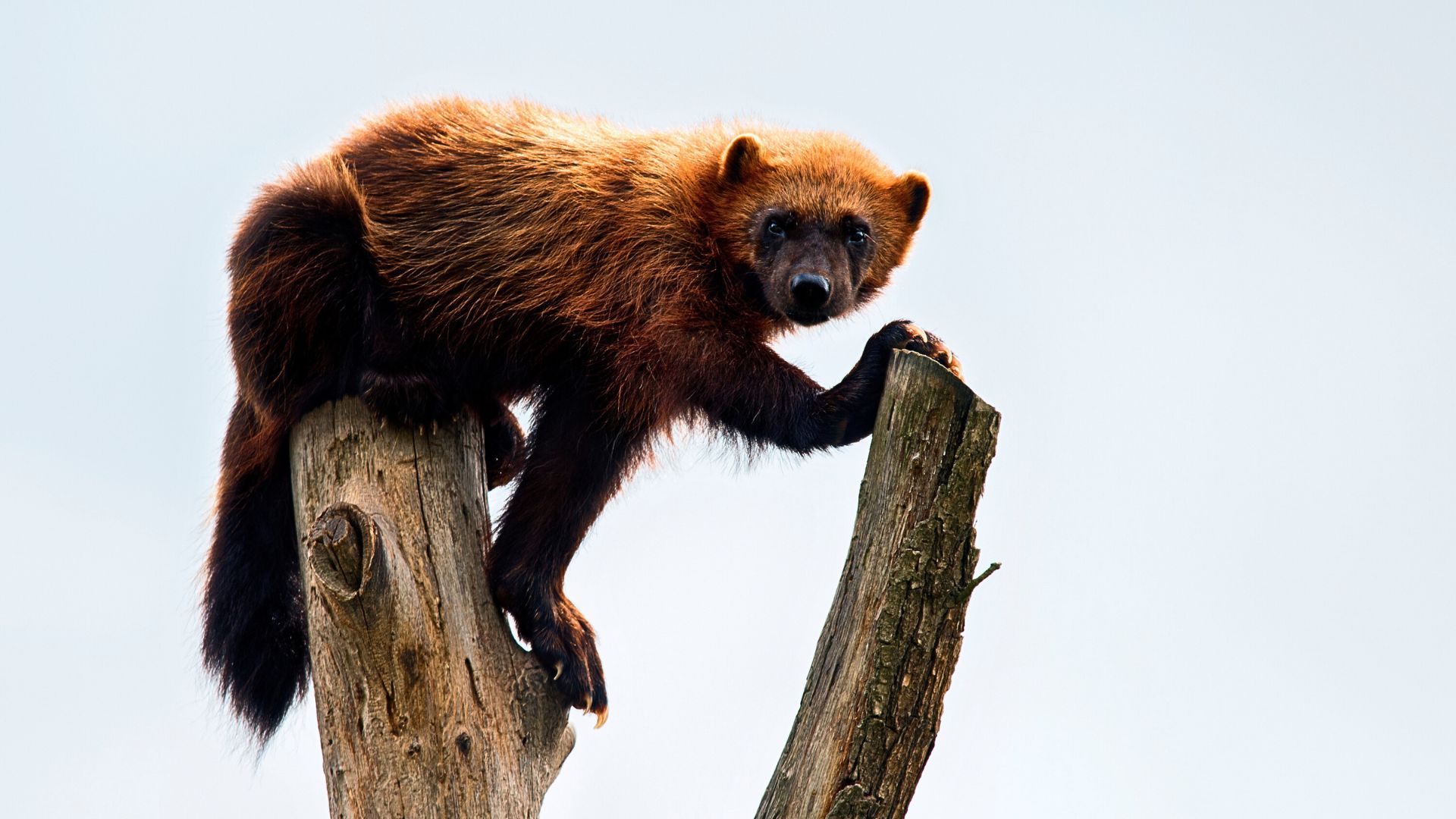
Alaska’s wolverines are known for their rugged, mysterious, and solitary nature, capturing the imagination of wildlife enthusiasts around the world.
These fascinating creatures roam the vast wilderness of Alaska, thriving in its harsh and unforgiving landscapes.
From their unique adaptations to their fierce hunting skills, wolverines are truly remarkable animals deserving of a closer look.
1. The Solitary Wanderer
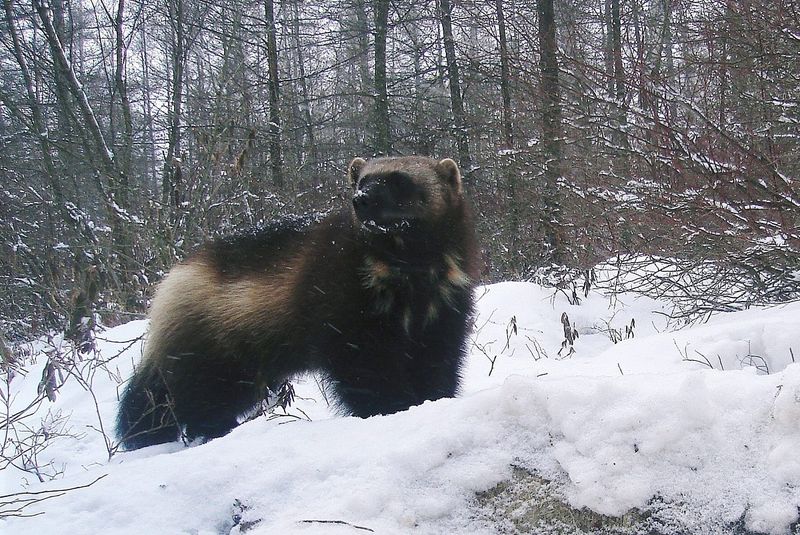
Wolverines are notoriously solitary creatures, each animal roaming across territories that can span hundreds of square miles. They are often found in remote and rugged terrains, far from human habitation.
Their solitary nature helps them to be stealthy and elusive, making encounters with humans a rare event. Wolverines typically travel alone, except during the mating season or when a mother nurses her young.
This solitary lifestyle ensures that they have ample resources and minimal competition for food. Interestingly, their solitary habits also mean they have to be highly adaptable to different environments as they search for prey.
Wolverines are known to traverse long distances, sometimes covering more than 15 miles in a single day. Their ability to thrive in isolation is a testament to their resilience and survival skills in the wild.
The wolverine’s solitary behavior is one of its most defining traits, highlighting its independence and tenacity.
These animals have evolved to thrive in some of the most challenging environments on Earth, making them a symbol of strength and endurance in the animal kingdom.
2. The Ferocious Hunter
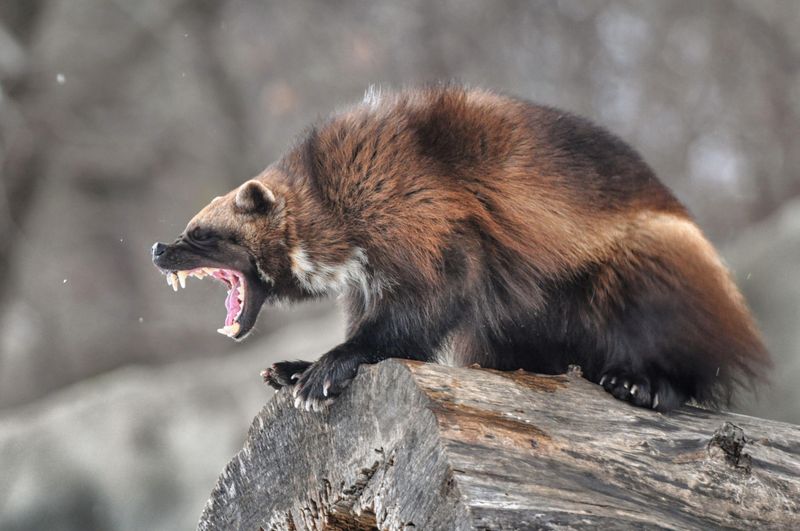
Despite their small size, wolverines are known for their incredible strength and ferocity as hunters. They have powerful jaws and sharp claws that allow them to take down prey much larger than themselves.
Wolverines are carnivorous and opportunistic feeders, preying on a variety of animals including rodents, birds, and even small deer. Their keen sense of smell helps them locate carrion buried deep under snow, providing them with a vital food source during the harsh winter months.
Wolverines are also known to scavenge, taking advantage of the kills made by larger predators such as wolves and bears. This adaptability in their diet ensures that they can survive even in the most challenging conditions, where food is scarce.
Their hunting prowess is aided by their muscular build and speed, enabling them to chase down prey with remarkable efficiency.
Wolverines are relentless hunters, known to track their prey for miles across the snowy terrain. Their reputation as fierce hunters is well-earned, showcasing their ability to dominate the ecological niche they occupy.
3. Thick Fur Coat
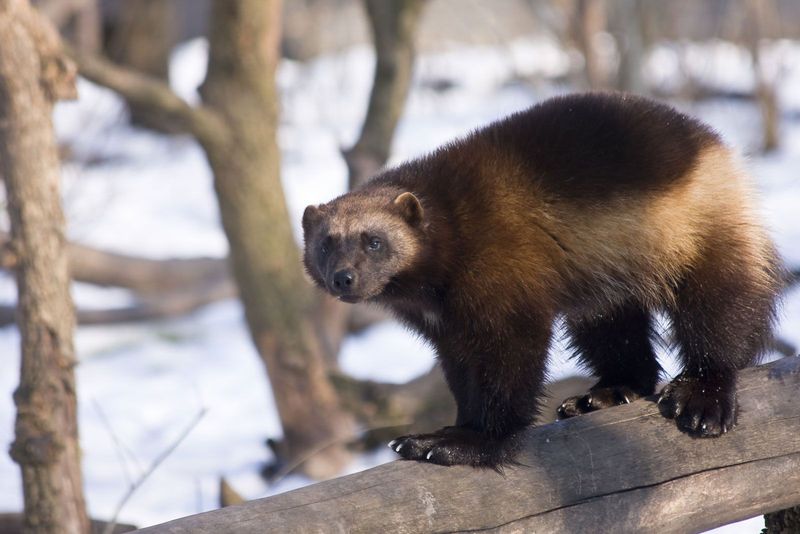
A wolverine’s thick fur coat is one of its most crucial adaptations to the harsh Alaskan climate. This dense fur provides excellent insulation against the cold, allowing them to survive in temperatures that can plummet well below freezing.
The fur is not only thick but also oily, which helps to repel moisture and keep the wolverine dry in wet conditions. This water-resistant quality is essential for an animal that often encounters snow and ice.
The color of their fur, usually a mix of dark brown with lighter stripes, provides natural camouflage in their woodland and tundra habitats, making it easier to stalk prey or avoid larger predators.
Wolverines shed their fur in the summer, replacing it with a lighter coat more suitable for the warmer months. The fur’s lush texture and durability have historically made it a target for trappers, although this practice has declined due to conservation efforts.
The wolverine’s fur is not just a means of protection but a testament to the animal’s ability to adapt and thrive in one of the world’s most extreme environments.
4. Mysterious Reproduction
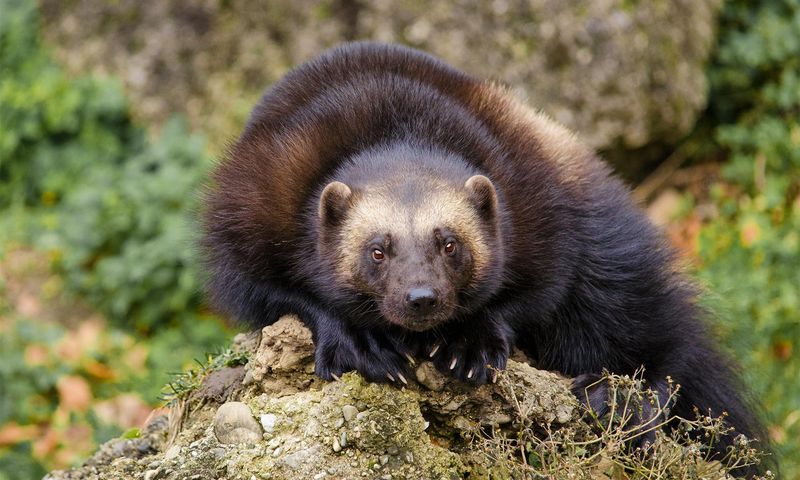
The reproductive habits of wolverines are shrouded in mystery due to their elusive nature and remote habitats. Wolverines breed once a year, usually in late spring or early summer, with females giving birth to a litter of two to three kits after a gestation period of about 30 to 50 days.
These kits are born in dens, which the mother digs out of snow and ice to provide warmth and protection from predators. The young are blind and helpless at birth but grow rapidly, leaving the den within three months.
Wolverines exhibit delayed implantation, a fascinating reproductive strategy where the fertilized egg does not immediately implant in the uterus. This adaptation allows the wolverine to time the birth of her young so that it occurs when environmental conditions are most favorable.
This means that although mating occurs in summer, actual gestation doesn’t begin until the winter months. The timing ensures that the kits are born when food is more plentiful.
This delayed implantation is a common feature among mustelids, the family to which wolverines belong, and highlights their complex and intriguing reproductive strategies.
5. The Wolverine’s Diet
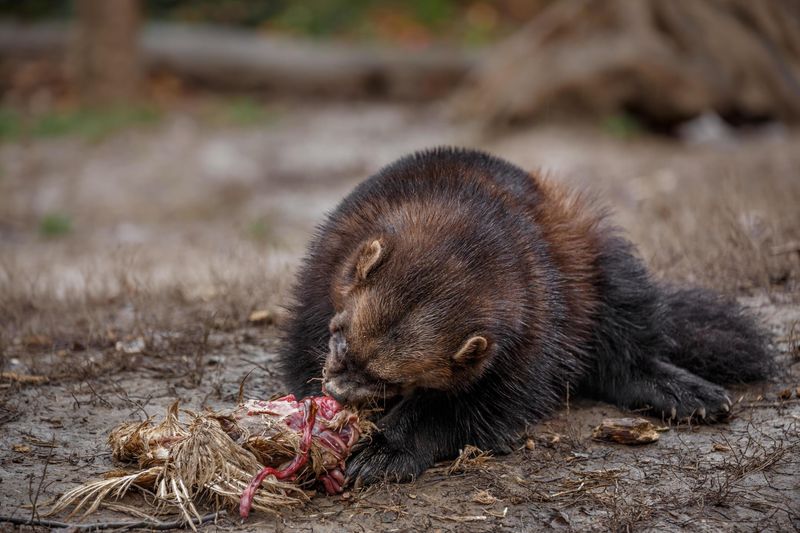
Wolverines have a diverse diet that reflects their adaptability as opportunistic feeders. They primarily hunt small to medium-sized mammals, but their diet can vary widely depending on availability.
In the harsh Alaskan winter, wolverines rely heavily on scavenging, often consuming carrion left behind by other predators. Their powerful sense of smell allows them to detect carcasses buried under deep snow, making them highly efficient scavengers.
Wolverines have been observed feeding on caribou, moose, and mountain goats, showcasing their ability to tackle significant prey. They are also known to consume birds, eggs, and even berries during the summer months, illustrating their dietary flexibility.
This adaptability in diet ensures they can endure the extreme fluctuations in food availability that characterize the Alaskan wilderness.
Furthermore, wolverines’ strong jaws and teeth are well adapted for gnawing through frozen meat and bones, allowing them to extract maximum nutrition from their meals.
Their dietary habits emphasize their role as both predator and scavenger, displaying a remarkable ability to exploit various food sources in their environment.
6. Incredible Endurance
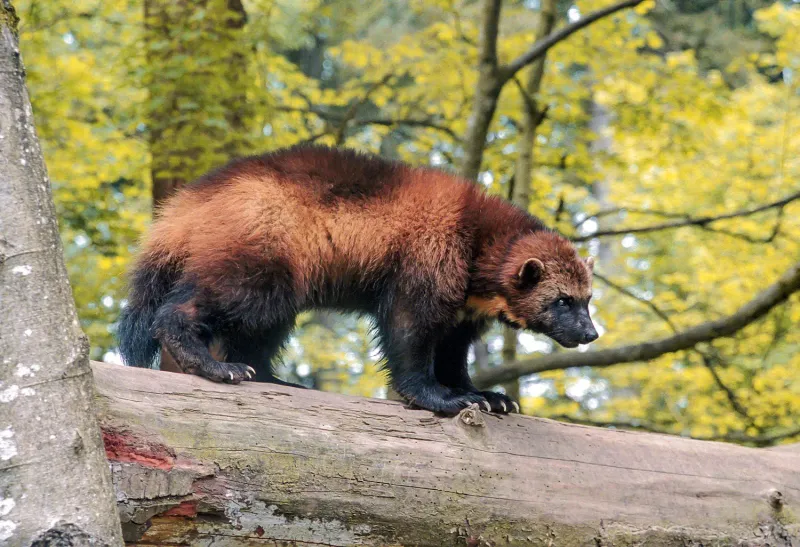
Wolverines are renowned for their incredible endurance, a trait that enables them to thrive in the demanding landscapes of Alaska. These animals are capable of traveling vast distances, often covering more than 15 miles in a single day as they search for food and patrol their territories.
Their muscular limbs and broad paws serve as excellent adaptations for navigating through deep snow, allowing them to move swiftly and efficiently over challenging terrain.
Wolverines have been observed crossing mountain ranges and icy rivers, undeterred by the obstacles in their path. This endurance is crucial for their survival, as it allows them to maintain large territories and access a wide range of food sources.
Their energy-efficient gait minimizes fatigue, enabling them to keep up this relentless pace. This stamina is not just limited to movement; it also extends to their ability to survive extended periods without food.
Wolverines can endure famine conditions by relying on their fat reserves and minimizing energy expenditure. This incredible endurance is a defining characteristic of wolverines, showcasing their resilience and adaptability in the face of nature’s challenges.
7. Territorial Markers
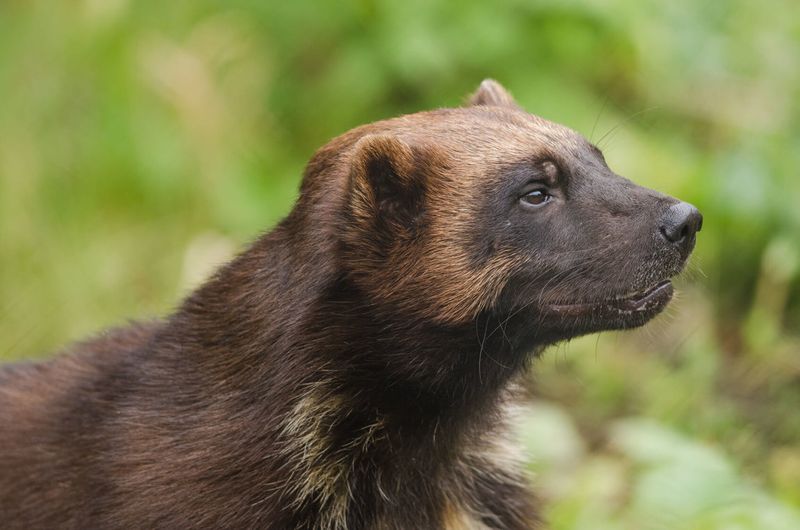
Wolverines are fiercely territorial animals, a trait that plays a crucial role in their solitary lifestyle. They establish large territories that can span hundreds of square miles, marking them with scent to ward off intruders.
These scent markers are produced by glands located near their tails, and they serve as a warning to other wolverines to keep their distance. The scent markings are not only a deterrent to other wolverines but also provide important information about the individual’s identity and reproductive status.
This territorial behavior ensures that each wolverine has sufficient access to resources, such as food and breeding sites. Wolverines patrol their territories regularly, leaving scent marks on rocks, trees, and other prominent features to reinforce their boundaries.
This behavior minimizes conflict and competition, allowing wolverines to maintain their solitary existence. The size of a wolverine’s territory depends on the availability of food, with territories expanding in regions where resources are scarcer.
Territorial marking is a vital aspect of a wolverine’s life, emphasizing their need for space and solitude in the vast wilderness of Alaska.
8. Cunning Intelligence
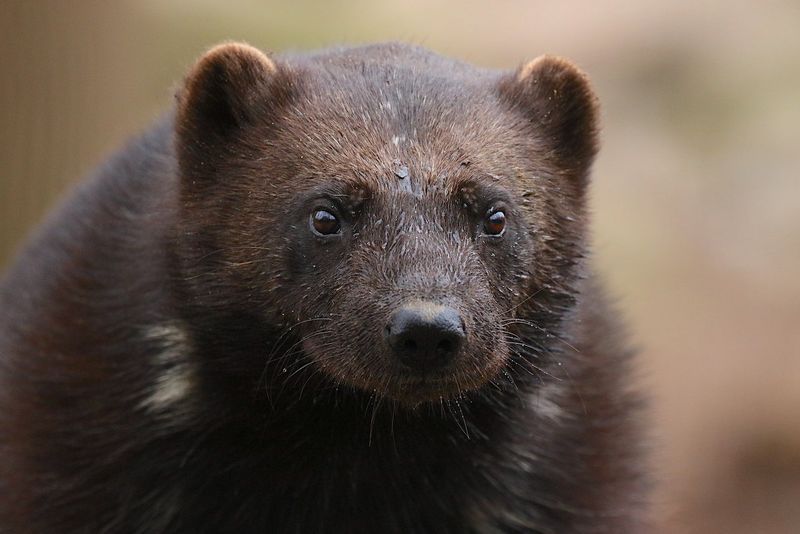
Wolverines are not just strong and fierce; they are also highly intelligent animals. Their intelligence is evident in their problem-solving abilities and adaptability to changing environments.
Wolverines have been observed using clever tactics to hunt prey and avoid larger predators, showcasing their cunning nature. They can remember the locations of cached food for months, returning to these sites when resources are scarce.
This ability to plan and store food demonstrates foresight and resourcefulness. Wolverines also exhibit curiosity and playfulness, traits often associated with intelligent animals.
In the wild, they’ve been seen engaging in playful behavior, such as sliding down snowy slopes, which may serve as practice for hunting or simply as a form of enjoyment.
Their intelligence is further highlighted by their ability to navigate complex terrains and find innovative solutions to challenges, such as crossing rivers or scaling steep cliffs.
Wolverines’ cunning intelligence allows them to thrive in the harsh and unpredictable environments they inhabit, proving that they are more than just brute strength and ferocity.
9. The Wolverine’s Roar
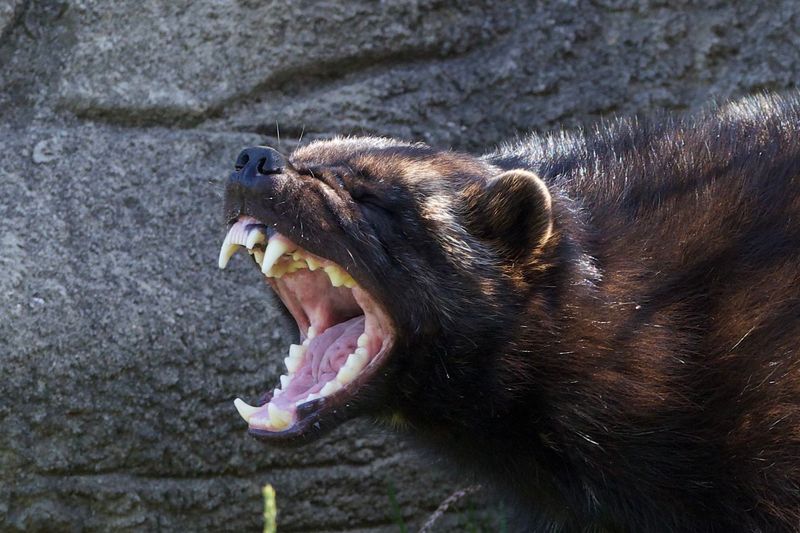
Although wolverines are generally quiet animals, they are capable of making a range of vocalizations that reflect their assertive nature.
Their most distinctive sound is a growl or roar, used primarily during confrontations with other wolverines or predators. This vocalization serves as a warning, signaling their willingness to defend their territory or resources.
The roar is often accompanied by other aggressive displays, such as baring teeth or puffing up their fur to appear larger.
Wolverines also use vocalizations to communicate with their young, employing soft grunts and whines to keep track of their kits. These vocal exchanges help strengthen the bond between mother and offspring and ensure the kits’ safety in the wild.
The wolverine’s vocal repertoire is not extensive compared to some other animals, but it is effective in conveying important messages. This ability to communicate vocally adds another layer to their complex behavior and social interactions, highlighting their assertiveness and protective instincts.
Wolverines may be solitary, but their vocalizations play a key role in their survival and interaction with the world around them.
10. Nature’s Scavenger
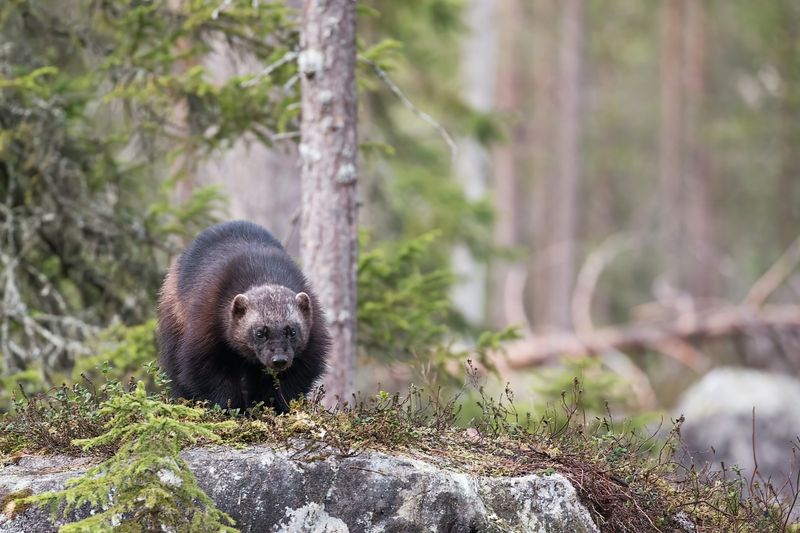
Wolverines are nature’s scavengers, playing a vital role in the ecosystem as cleanup artists. Their scavenging skills are essential for their survival, especially during the harsh winter months when food is scarce.
Wolverines are adept at locating and consuming carrion left behind by larger predators, such as wolves and bears. Their powerful sense of smell allows them to detect carcasses buried deep under snow, ensuring they can access this vital food source.
Wolverines have been observed digging through several feet of snow to reach a carcass, showcasing their determination and strength.
Their ability to scavenge efficiently helps control populations of dead animals, preventing the spread of disease and contributing to the overall health of the ecosystem.
Wolverines’ strong jaws and teeth are adapted for breaking through frozen flesh and bones, allowing them to extract maximum nutrition from their meals.
Scavenging is a crucial aspect of their diet, providing a reliable food source when hunting conditions are challenging. This role as nature’s scavenger highlights their adaptability and importance within the Alaskan wilderness.
11. Threatened Existence
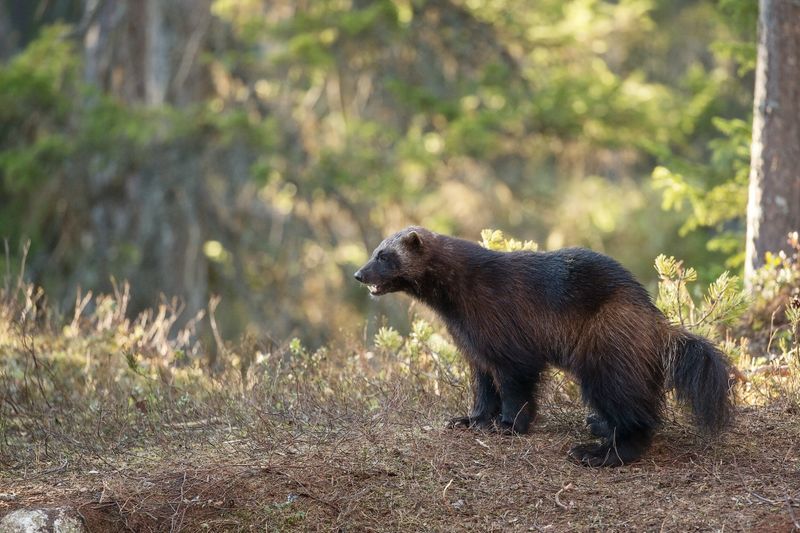
The existence of wolverines is under threat due to various factors, including habitat loss, climate change, and human activities. As warming temperatures affect snowpack levels, wolverines’ natural habitats are shrinking, reducing their ability to find food and shelter.
These changes in the environment pose significant challenges to their survival. Wolverines are also affected by human encroachment, as development and logging activities fragment their territories, leading to reduced genetic diversity and increased competition for resources.
Furthermore, illegal trapping and poaching remain threats in some regions, despite legal protections. Conservation efforts are crucial to ensure the survival of wolverines in the wild. Protecting their habitats and addressing climate change impacts are vital steps in preserving these iconic animals.
Public awareness and education about the importance of wolverines in the ecosystem can also foster support for conservation measures. By understanding and addressing the threats they face, we can help secure a future for wolverines in the rugged landscapes they call home.
Their threatened existence emphasizes the need for immediate action to preserve the biodiversity of Alaska’s wilderness.
12. Symbol Of Wilderness
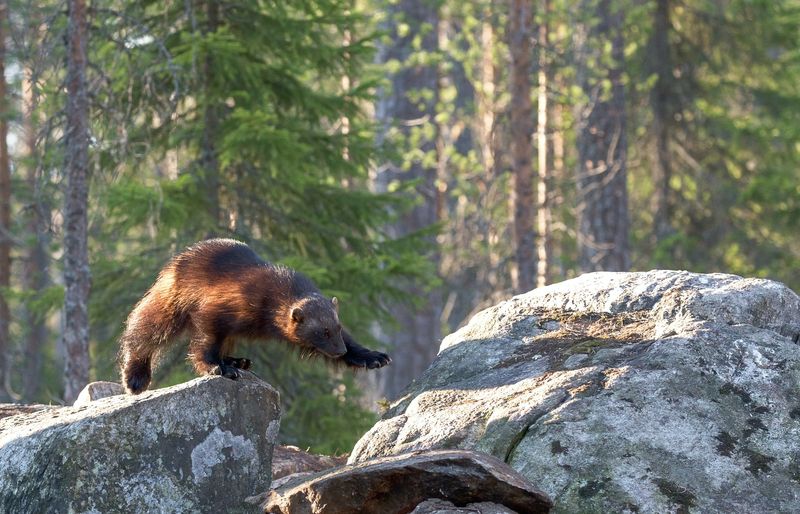
The wolverine is more than just a fierce predator; it is a symbol of the untamed wilderness of Alaska. Its presence embodies the rugged and unyielding spirit of the wild, capturing the imagination of those who admire nature’s raw beauty.
Wolverines are emblematic of the vast, unspoiled landscapes they inhabit, serving as indicators of ecological health and diversity. Their solitary and elusive nature adds to their mystique, making them a creature of fascination for wildlife enthusiasts and researchers alike.
Wolverines’ ability to thrive in some of the harshest environments on Earth highlights their resilience and adaptability, qualities that resonate with the spirit of adventure and exploration.
As a symbol of wilderness, wolverines remind us of the importance of preserving these pristine habitats for future generations. They serve as ambassadors for conservation, inspiring efforts to protect not only wolverines but also the broader ecosystems they inhabit.
The wolverine’s iconic status underscores its significance in the cultural and natural heritage of Alaska, making it a powerful emblem of the wilderness we cherish.

